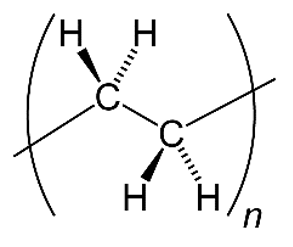Summary
Antimicrobial technology is used to inhibit the growth of microorganisms that cause stains, odors, and
harmful product impacts. Common active ingredients include silver, zinc, and organics. Microban’s
current antimicrobial portfolio includes more than 25 technologies.
Molds and mildew are problematic in the automotive industry because they impair physical appearance,
weaken structure and compromise integrity, cause odors, and cause staining.
Antimicrobials protect materials, but accurate evaluation of antimicrobial efficacy is challenging.
Antimicrobials can prevent degradation such as optical, physical, and electrical.
Current antifungal test methods used for semi-absorbent substrates are qualitative test methods that
were developed for other substrates. Modifications can be made to appropriately assess antimicrobial
efficacy on semi-absorbers but it can introduce some challenges such as inoculation, incubation,
scoring, lab reproducibility, and increased variation. Microban has been researching a possible
alternative to qualitative assessment by using antibacterial quantitative test methods as a backbone.
This approach has increased reproducibility and provides more informative assessment.
Many qualitative test methods continue to be modified to accommodate the continuously changing markets,
but many uses fall outside the original intended scope of these methods. To accommodate newer and more
complex materials and newer technologies these older methods will need to be modified extensively to
achieve adequate performance evaluation. Quantitative methods could be a beneficial alternative in the
future to assess antifungal and anti-staining performance. Microban is continuing to explore these
testing avenues and research to date has been very promising.
About the Speaker
Dr. Ha is a Senior Product Development Engineer at Microban International. She has been a key engineer
in customer-focused projects and new product development. Her knowledge of incorporated polymeric
products brings a unique skill set to Microban partners. She obtained her B.S. degree in Polymeric
Material Engineering from Polytechnique University in Vietnam and has been working with polymers since
2002. In 2006, she received her M.Sc. degree from the University of Oklahoma after working with
emulsions and emulsion polymerization. Subsequently, she moved to the University of Houston and obtained
her Ph.D. in nanocomposites and polymer blends. Since 2011, she has been working with Microban to make
the world a cleaner place.

 Grades 6-12: Research what a particular polymer looks like and recreate it. Using discarded plastic items, either consumer goods or packaging, design a creative or artistic model of a polymer. Use discarded plastic items, either consumer goods or packaging and design a creative or artistic model of a polymer. Scouts can research what a particular polymer looks like and recreate it. For example: polyethylene is used to make laundry detergent bottles and the chemical formula is (C2H4)n and can be modeled like:
Grades 6-12: Research what a particular polymer looks like and recreate it. Using discarded plastic items, either consumer goods or packaging, design a creative or artistic model of a polymer. Use discarded plastic items, either consumer goods or packaging and design a creative or artistic model of a polymer. Scouts can research what a particular polymer looks like and recreate it. For example: polyethylene is used to make laundry detergent bottles and the chemical formula is (C2H4)n and can be modeled like: 


























































.jpg?ver=1)















.jpg?ver=1)
.jpg?ver=1)













.jpg)
.jpg)
.jpg)

.jpg)

